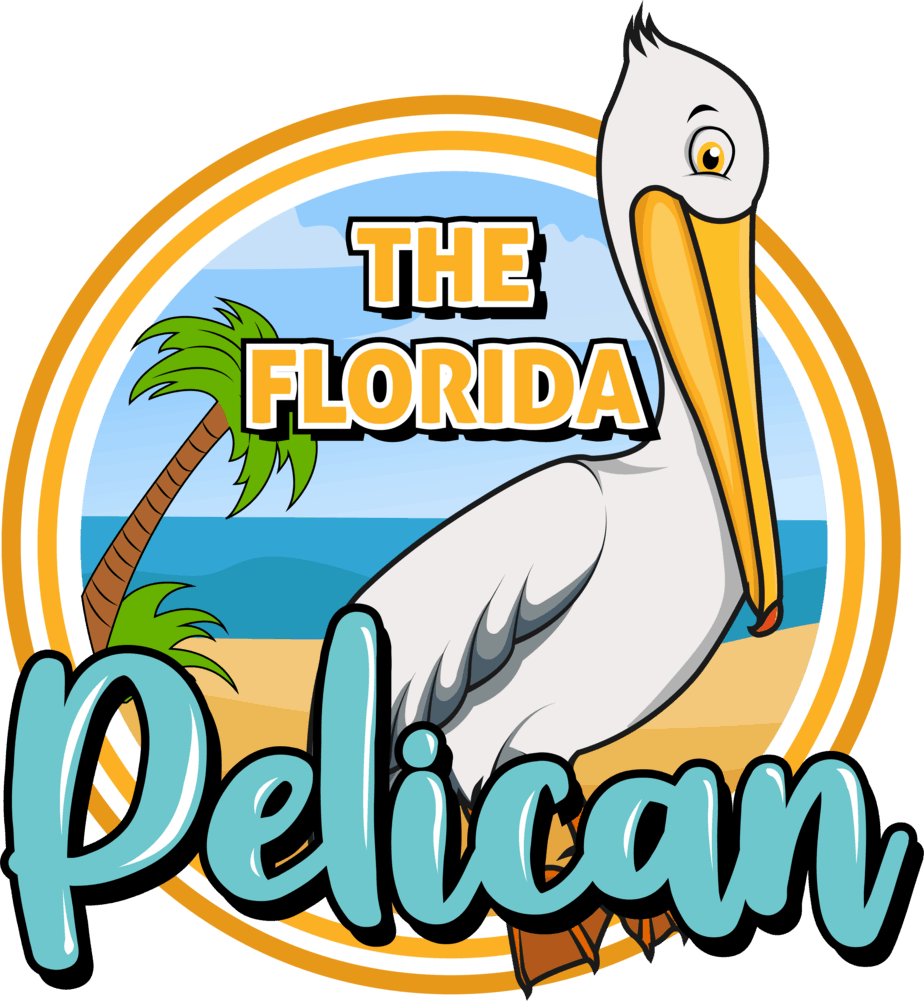Famous Tourist Destination Palm Beach, Florida
Palm Beach, Florida is perhaps one of the most famous tourist destinations in the world. The Palm Beaches entertains tourists of all backgrounds. The year-round warm weather, sandy beaches, and lush tropical landscaping have made Palm Beach a playground. For many years it has been a highly desirable tourist spot for the rich and famous. However, the diversity of population and activities bring visitors with different budgets and tastes to Palm Beach County every year. The County has 39 cities and 47 miles of Atlantic Ocean Beach frontage.
With a population of 1,486,770 Palm Beach County is the third most populated county in the State of Florida. Incorporated in 1894, West Palm Beach is the largest city and the capital of Palm Beach County. This county was originally part of Miami Dade County until its establishment in 1909. West Palm Beach is the home to some magnificent architectural achievements ranging from oceanfront mansions to the world-famous Breakers Hotel.
Breakers Hotel West Palm Beach, FL
When constructed in 1894 by Henry Flagler the Breakers Hotel was originally called Palm Beach Inn. The guests’ constant request for the rooms “over by the breakers”, prompted Henry Flagler to rename the hotel to Breakers Hotel in 1901. In its history the hotel has successfully survived two major fires. In 1903 the first fire took place. The hotel was rebuilt in 1904. It only took 12 years for the second fire which ended the wooden structure era for Breakers Hotel. The new construction was made with concrete. It took 1,200 construction workers to rebuild the new version of Breakers Hotel. It was was reopened in December of 1926. The Villa Medici Room was the design inspiration for the new 550 rooms hotel. Today’s Breaker Hotel is one of the most iconic and recognizable names in the world. In 1973 the hotel and its surrounding 147 acres were registered in the National Register of Historic Places.
Worth Avenue Shopping Palm Beach, FL
Worth Avenue is a ritzy shopping and dining district located in West Palm Beach, Florida. Worth Avenue offers one of the most elegant yet unique shopping experiences in the world. The international shops are tucked in in courtyard settings called Vias. The world’s most famous brands are represented in the Worth Avenue Vias. In the US, some of these upscale stores with world’s renowned designers could only be found in Rodeo and Fifth Avenue. The only difference is the magnificent old-world architecture of the buildings on Worth Ave.
History of Worth Avenue
Worth Avenue was originally named after Willaim Jenkins Worth, an army general. He was born in Hudson, New York in 1784 and joined the army in 1813 as a lieutenant. William Jenkins Worth was involved in many wars during his 35 years tenure in the army and severely injured in the Niagara Campaign. He grew in ranks and was awarded the Sword of Honor by congress for his bravery in the Battle of Chapultepec in Mexico City. William Jenkins Worth died in 1849 after losing the battle to cholera disease but his legacy traveled all over the country. Besides the many monuments erected in his honor, there were some cities named after him as well. The Fort Worth, Texas, and Lake Worth, Florida are two of the most well-known cities carrying his name
Lake Worth, FL. was the first name given to the entire area where the cities of Palm Beach and Lake Worth are currently located. The Worth Avenue was the first section in 1914 in the Palm Beach area to be developed. A few years after that the legendary architect Eddison Mizner brought his talents and the Mediterranean style architecture to the area. The Everglade Club on the western Worth Avenue was designed by Mizner collaboration with Paris E. Singer.
Mixed Use Design Changed Worth Avenue
Worth Avenue was a residential area built around the Everglade Club. In 1924, Mizner changed the entire fabric of the area with his revolutionary mixed-use design. The 3-story building offered shopping on the first floor and residential and office units on the upper floors. The 1938 establishment of the Worth Avenue Association was instrumental in the further development of the area as a shopping destination. The 1940s were the golden years responsible for the incredible European influenced architecture in Worth Ave. The adjacent streets, Via Mizner and Via Parigi expanded the shopping district. The new area was designed with Mediterranean-style buildings along with intimate courtyards accented with beautiful fountains and statues.
One of the early shops at Worth Avenue was a single art gallery by Mary Doggett Benson in 1942. Benson’s Worth Avenue became the first visual art gallery on Worth Ave. Benson’s Gallery was the building block of commercial art in Palm Beach. The success continued until 1965 when Mary Benson retired and closed the shop.






Recent Comments